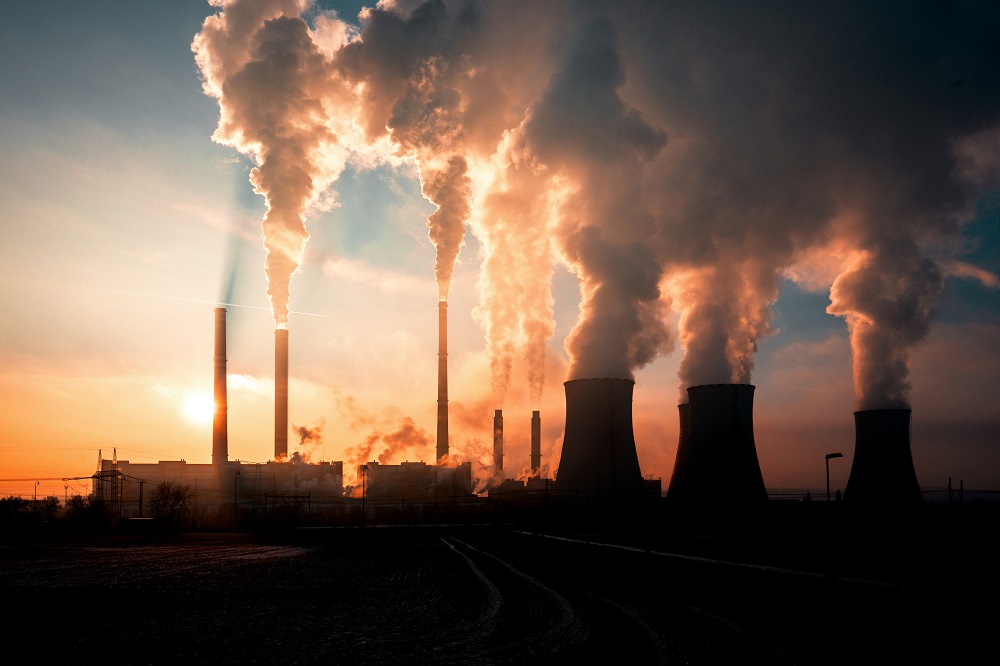Where does our energy come from?
We are all constantly bombarded with messaging telling us that our energy supplier only uses renewable energy and we should switch now to be sure of the lowest prices, but where does our energy actually come from in the UK?
Historic UK Energy Mix
Traditionally in the UK, our electricity is provided by burning fossil fuels to create steam. This steam is used to turn huge turbines that generate the electricity we use. A mix of coal, oil and gas fired power stations were used but these stations spewed harmful Carbon Dioxide (CO2) and other greenhouse gasses into the atmosphere.
In 1956, the UK opened a new breed of “clean” power stations. Calder Hall in Windscale, England became the first operational nuclear power station. Creating electricity using the process of nuclear fission this was hailed as the answer to the UK’s energy future.
These power stations were spread around the country and inter-connected by a network of distribution cables we call the National Grid. Controlled from a central command centre that alters generation to match demand for electricity and turning the power stations up, or down, as required.
 A coal-fired power station
A coal-fired power station
As recently as 2011, the UK electricity supply was made up of gas generation (40%), coal fired generation (30%) and nuclear power (19%). Renewable energy accounted for only 4% of the electricity generated with the remainder coming as imports from countries like France, the Netherlands, Belgium and Ireland.
UK Energy Today
With increasing customer awareness, highly publicised campaigns about climate change and global warming, the UK energy sector has undergone a significant shift in the last decade. Coupled with Government policy, 80% reduction in emissions by 2050, the UK has made its position clear on the future of power.
During the last decade, the rise of renewable energy technology has been difficult to ignore. Supported by Government backed incentives like the Feed in Tariff scheme, which paid owners of solar PV arrays for the energy they generated, renewable energy has surged to become a leading source in the UK energy market today.
There are currently 40 gas-fired power stations still in operation in the UK today, 8 nuclear power plants and 9 coal-fired power stations, although the Government has now committed to de-commissioning all coal-fired generation by 2025. This is supplemented by 4 pumped hydro power stations, approximately 200 traditional hydro-electric power stations, around 2,000 bio-energy power stations, over 6,500 wind turbines and almost 1Million registered solar PV arrays.

Half of the energy we generate from “homegrown” fuels now comes from renewable energy sources, in 2017 the UK recorded its first day free of coal-fired power generation and in 2018 wind and solar power generation overtook power generation from nuclear plants.
Even at the time of writing, 08:35AM, renewable energy is currently providing over a third of the UK’s electricity demand, with 15% coming from solar PV alone and as the day progresses this figure is set to soar.
Will the COVID-19 pandemic affect the UK electricity scene?
On March 23rd 2020, the Government announced lockdown measures to fight the COVID-19 pandemic that threatened to overwhelm the NHS.
Shops, businesses and leisure facilities were closed indefinitely to prevent the spread of the invisible virus. As we all stayed indoors, with home-working becoming the new norm, the UK recorded the longest period of power generation without coal since the industrial revolution, 18 days.
Throughout April, a combination of unseasonably good weather and a 20% fall in demand compared to the same period in 2019, saw renewable energy regularly providing the majority of the UK’s demand for electricity. According to climate website Carbon Brief, this represents a cut of around one-third in the UK’s CO2 emissions.
Until recently, the previous longest period without coal was in May 2019 when coal power did not contribute for two weeks.
What’s next for UK power?
With Government commitment to a low carbon future, it is clear that renewable energy will always have a part to play at the heart of the UK’s energy strategy.
The cost of renewable energy technology continues to fall and improvement in supplementary technologies like battery storage make it easier to create energy and store it for when we need it the most.
The UK energy network is likely to undergo unimaginable change from centralised power generation to a more decentralised model, with local power generation, and storage facilities, contributing to the National demand.
But we still need to do more.
The COVID-19 pandemic has slowed development of all sites across the UK and there are industry wide calls on the Government to provide additional support for the low carbon industry after the pandemic has eased to ensure we reach our legislated commitments.
The cost of electricity in the UK will continue to rise, but we can all cushion ourselves from the impact by investing in our own power plants, so why not ACT NOW and speak to a SaveMoneyCutCarbon specialist to find out how you can install your own renewable energy system.